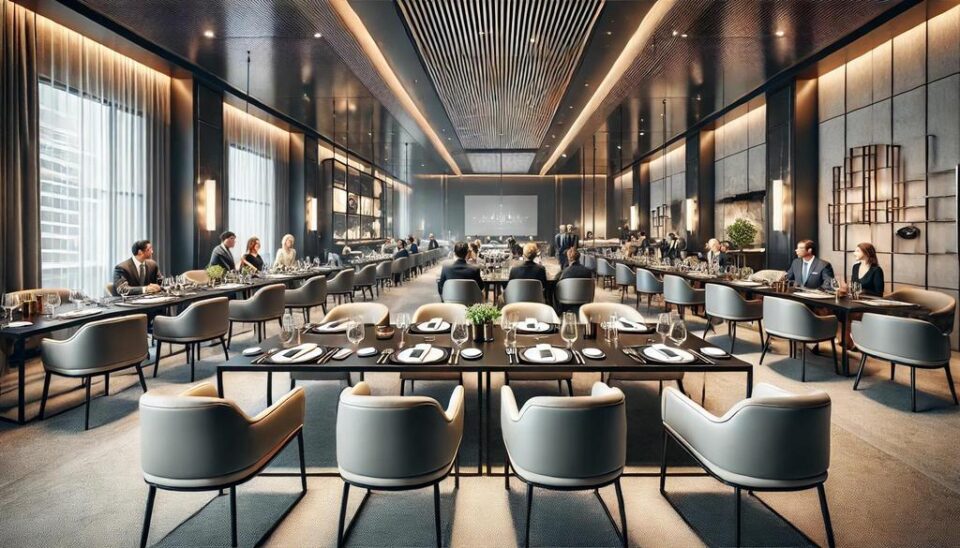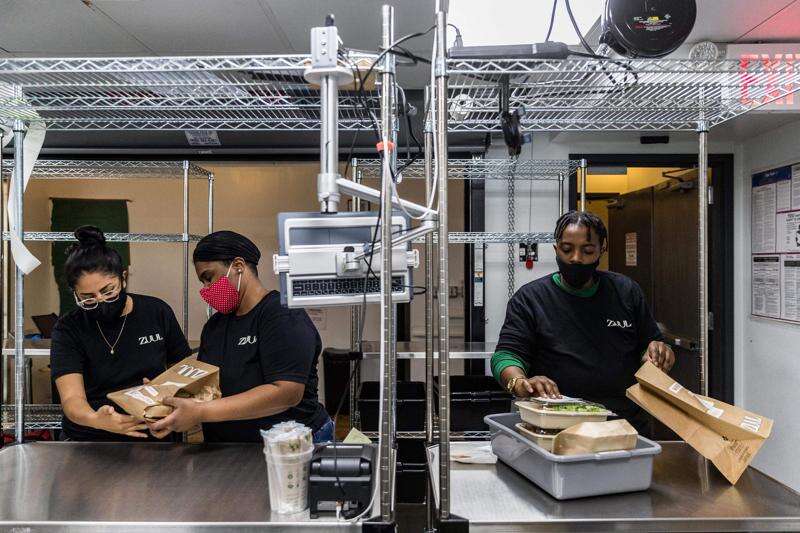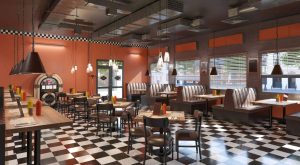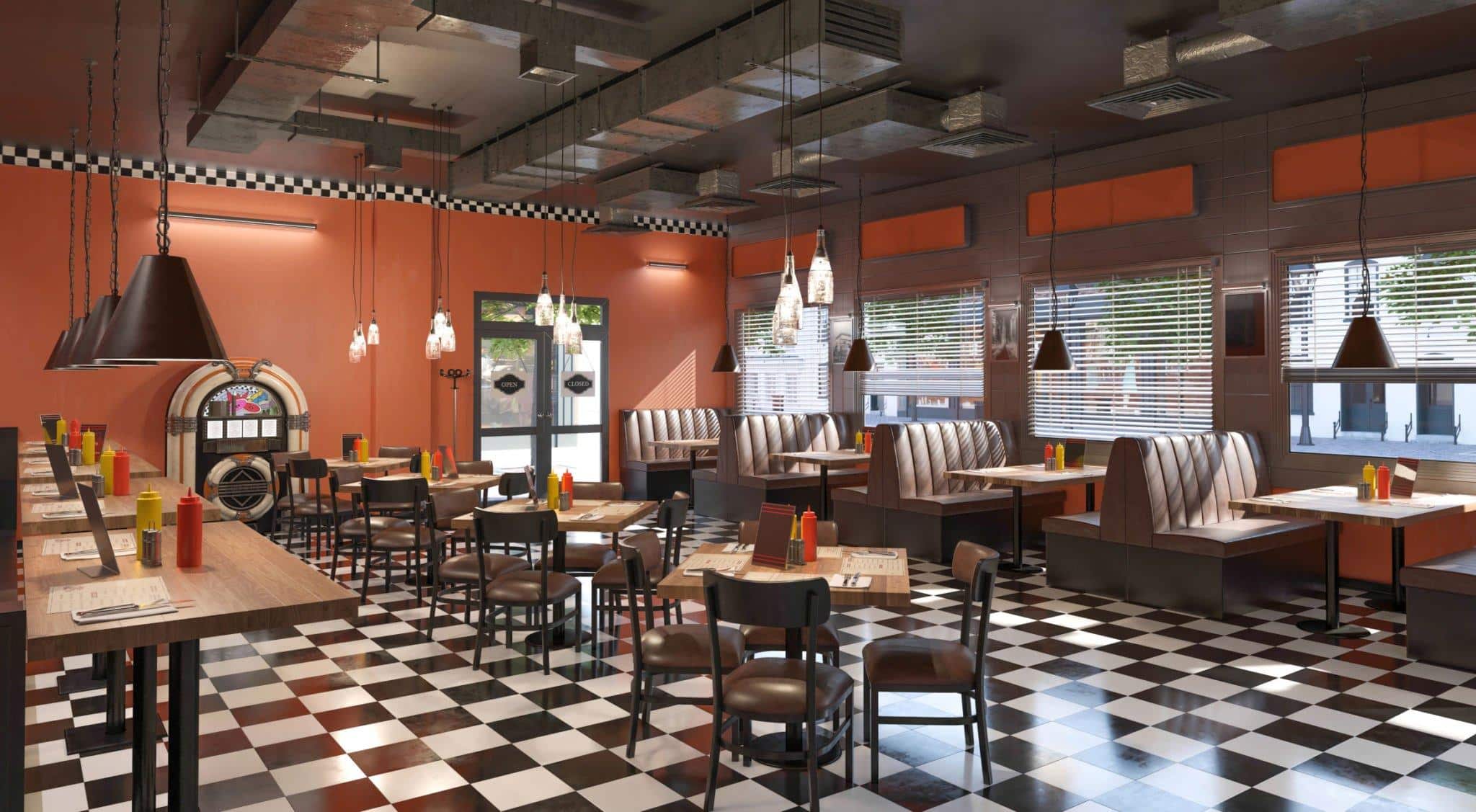Over the past 20 years, fast casual dining has dramatically changed the quick-service restaurant (QSR) environment. Customers who want healthier, better meals without compromising convenience have taken notice of this market category, which combines the quickness and ease of traditional fast food with the caliber and ambiance of casual dining. Examining the direction of fast casual dining and the prospects for quick service restaurants (QSRs) is crucial as consumer dining tastes continue to evolve.

1. Focus on Healthier, Sustainable Ingredients
Demand for more sustainable and healthful food options is rising as consumers become more health conscious. In response, fast-casual eateries are providing fresh menu items that also accommodate dietary requirements, such as organic, plant-based, and gluten-free options. One of the biggest developments in this field has been the emergence of plant-based meat substitutes, such as Impossible and Beyond Burgers, which offer consumers a more ethical and ecological option without sacrificing flavor. It is anticipated that more eateries will incorporate organic, locally sourced ingredients in the future and keep adding more dietary options.

2. Technology-Driven Efficiency
The future of fast casual dining is heavily reliant on technology. To improve customer satisfaction and expedite operations, several QSRs have adopted self-service kiosks, smartphone apps, and online ordering. Faster ordering, meal customization, and shorter wait times are all made possible by these technologies, which eventually increase productivity and client happiness. Future developments that will further enhance the eating experience include voice-activated ordering, AI-powered customer support, and automated food prep systems. Additionally, kitchen automation and robotics will proliferate, assisting in lowering labor costs and expediting food preparation.

3. Enhanced Dining Environments
Ambience is becoming more and more significant in the fast casual dining experience, even though speed and convenience are still crucial components. A lot of contemporary fast-casual eateries are implementing design features that encourage a more laid-back and pleasurable dining experience. This includes modern décor, comfortable seating, and even open kitchen ideas that allow patrons to observe the chefs in action. We may anticipate that restaurant interiors will evolve to include more communal areas as patrons continue to seek experiences beyond meals, possibly even incorporating hybrid ideas like coworking spaces or entertainment alternatives.

4. Delivery and Ghost Kitchens
The emergence of meal delivery applications such as Grubhub, DoorDash, and UberEats has had a significant impact on how people eat. These days, a lot of fast-casual restaurants are spending money on delivery-only models, also known as “ghost kitchens.” Without a traditional dining area, these off-site facilities enable restaurants to prepare food for delivery. As delivery services become a more essential component of the eating experience and allow fast casual businesses to reach more consumers more affordably, this trend is probably only going to get bigger.

5. Emphasis on Sustainability
Sustainability is becoming a crucial component of restaurant business strategies and is no longer merely a trendy term. By adopting eco-friendly packaging, sourcing sustainable foods, and eliminating food waste, many fast-casual restaurants are taking significant steps to lessen their impact on the environment. Expect to see even more eateries embrace circular economy models—where ingredients and packaging are recycled or repurposed—adopt zero-waste programs, and install energy-efficient equipment in the future.






